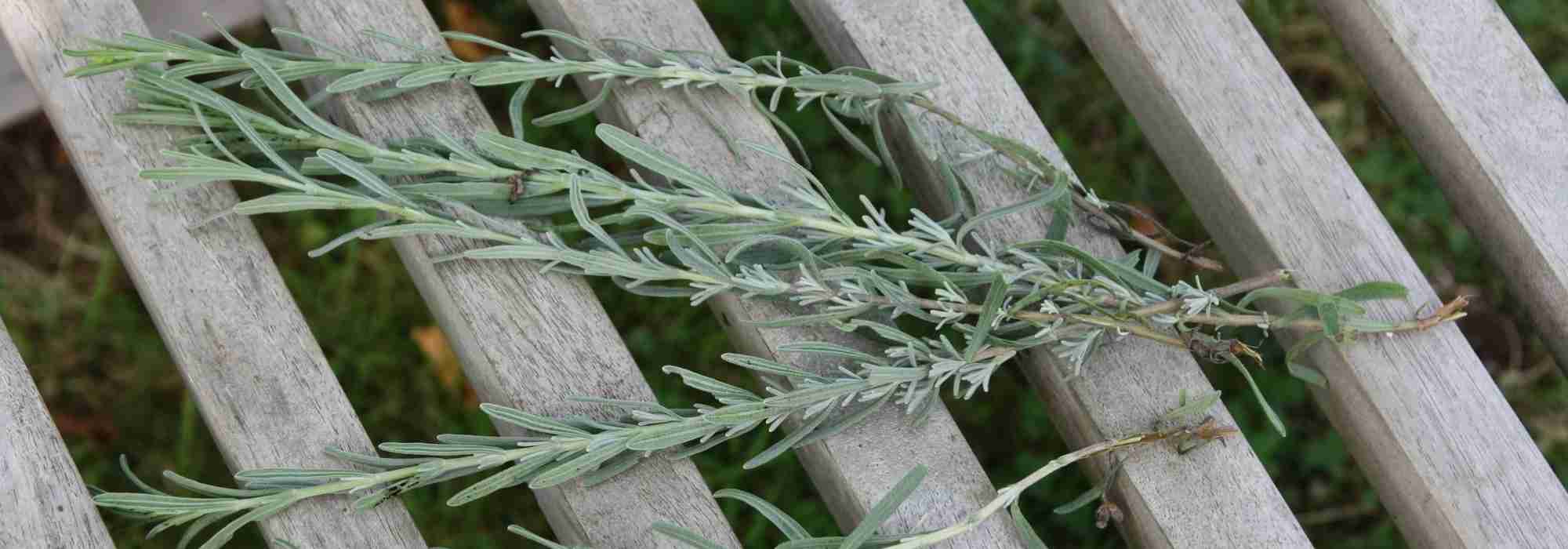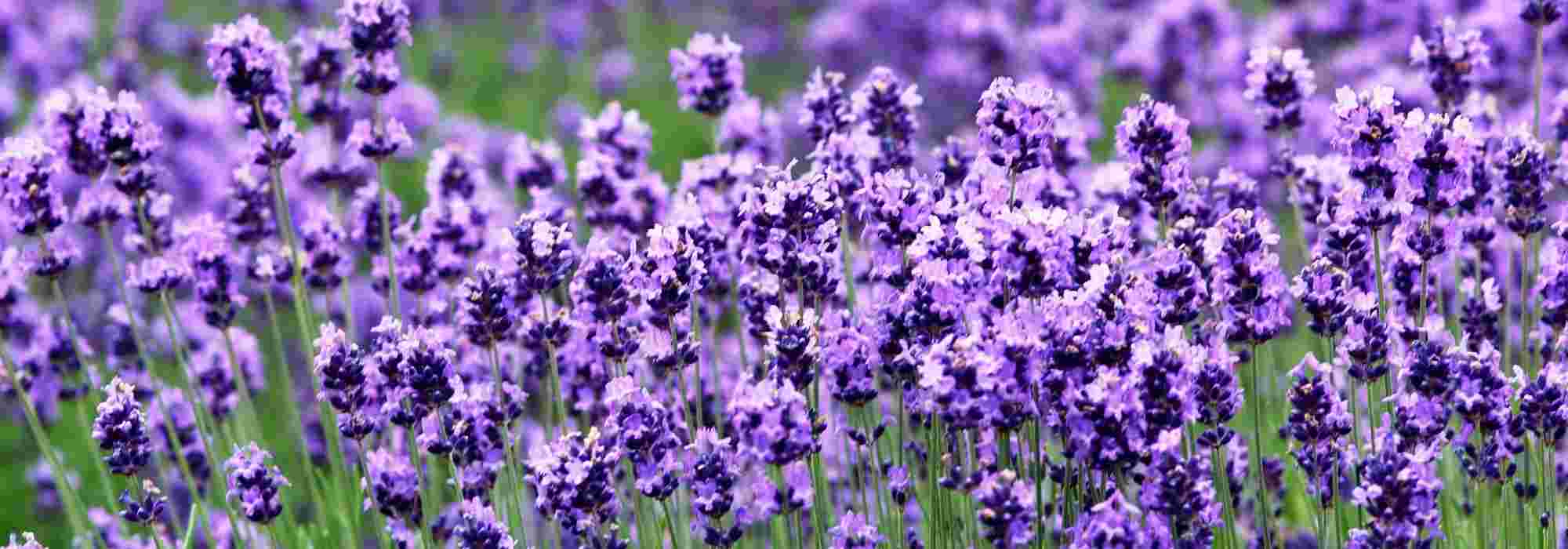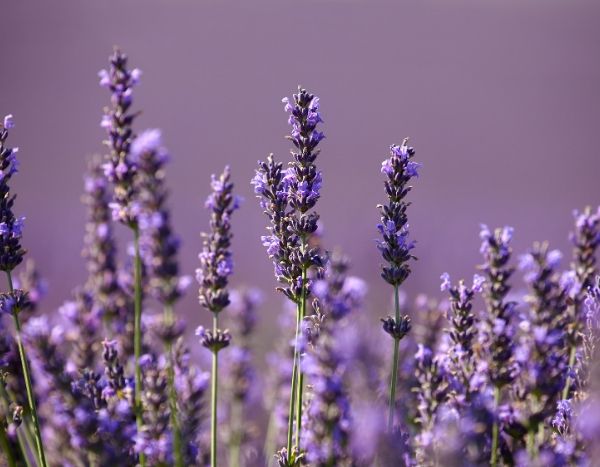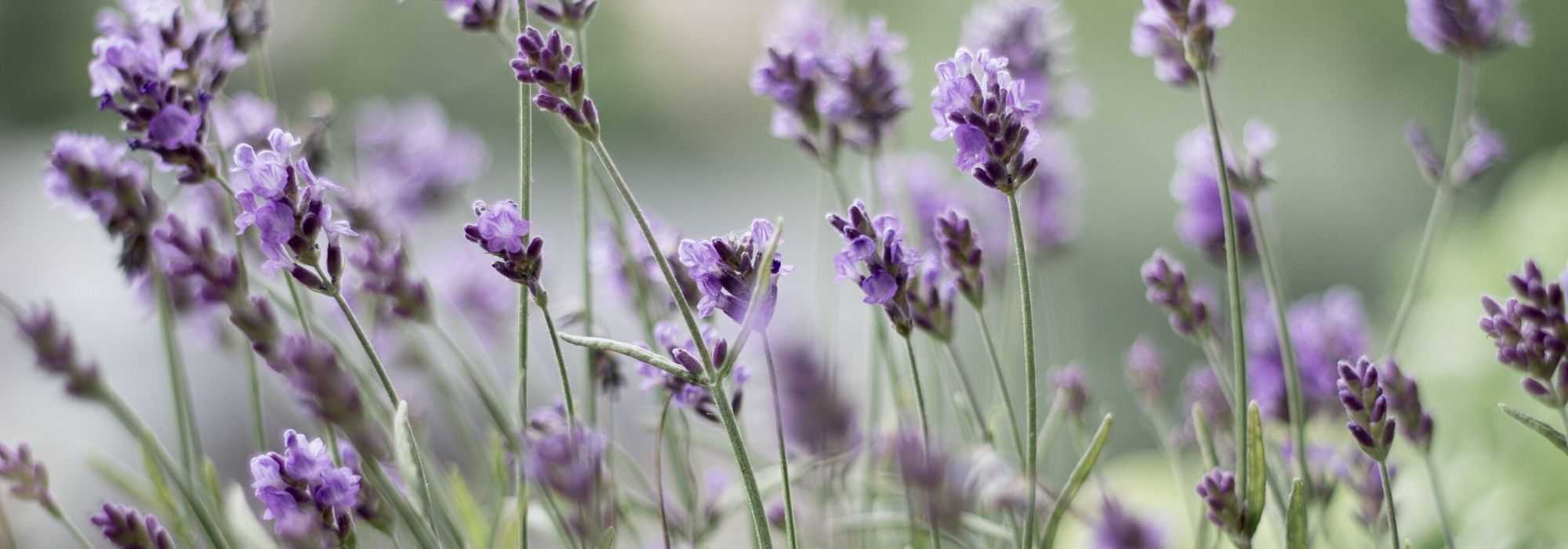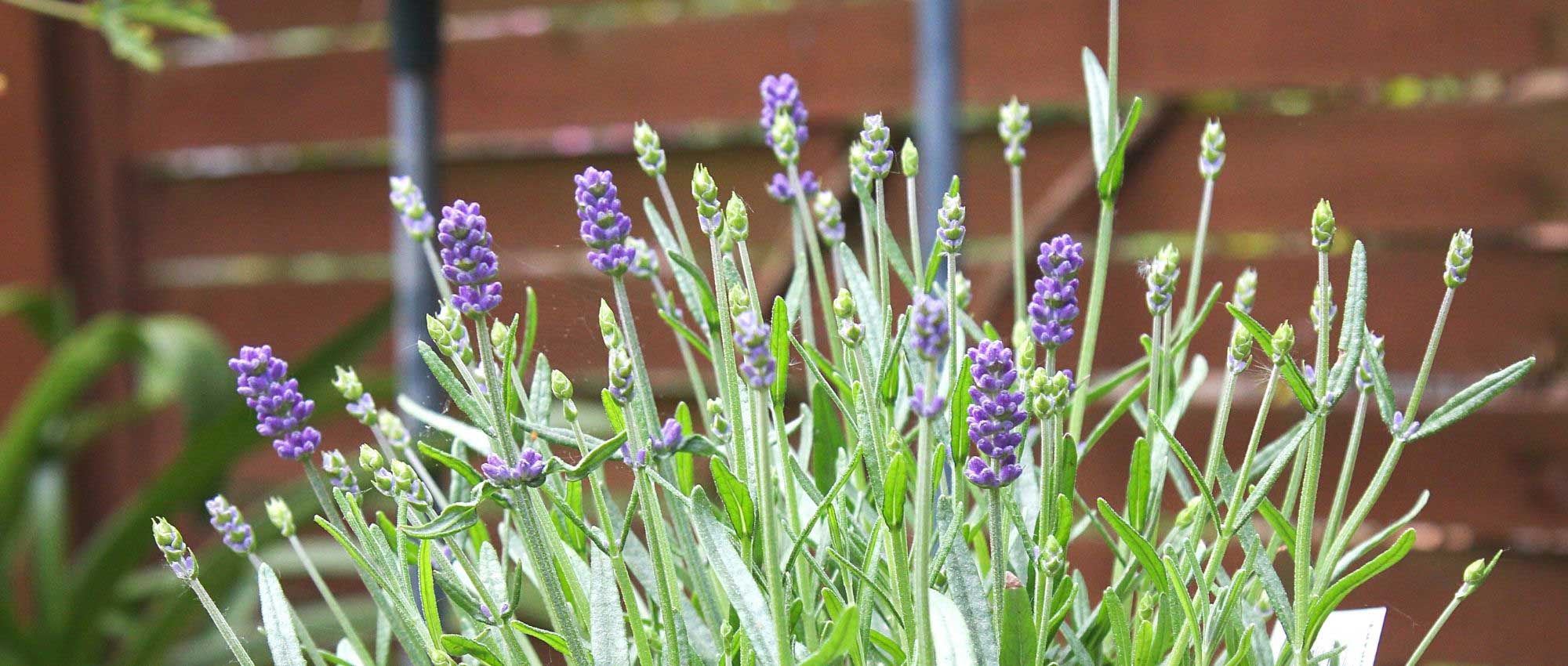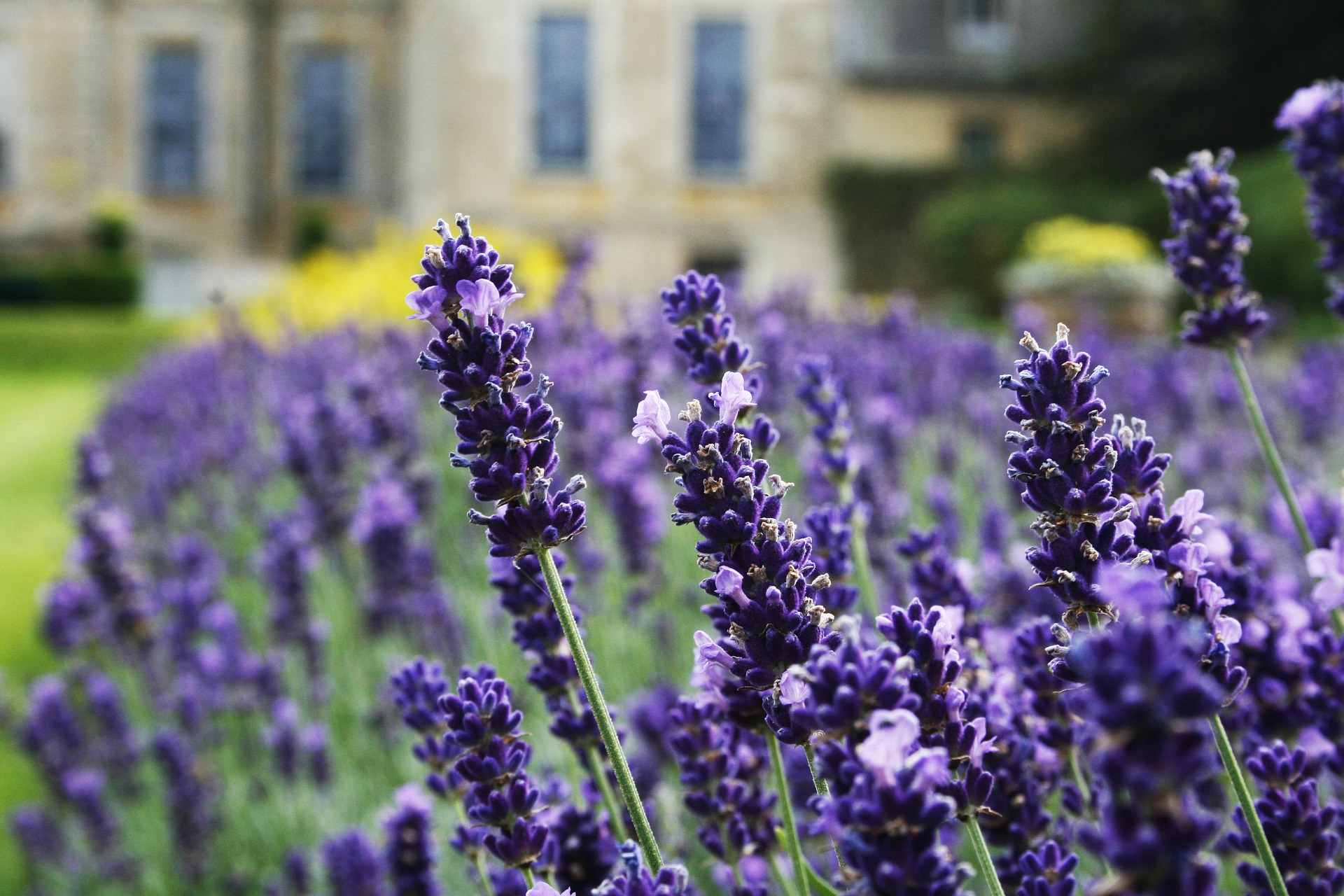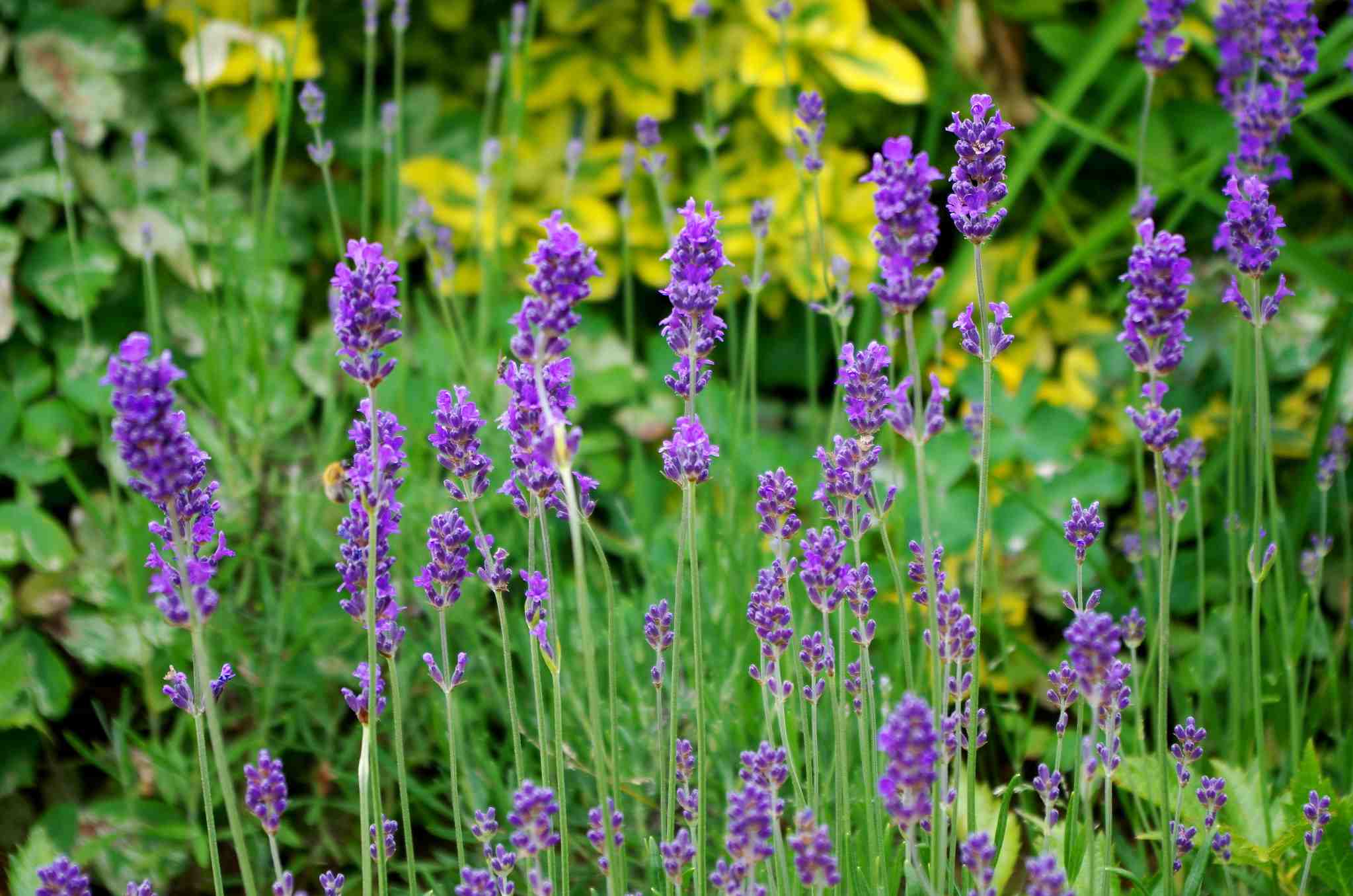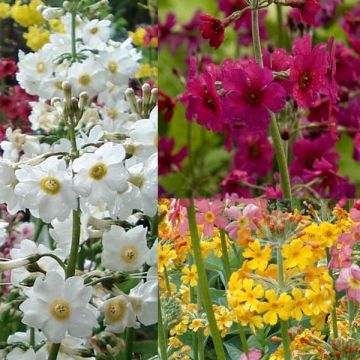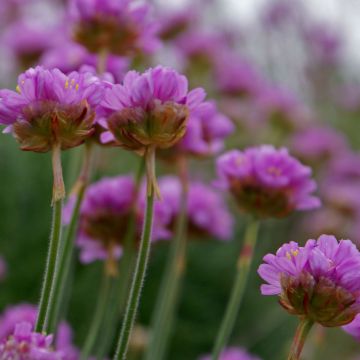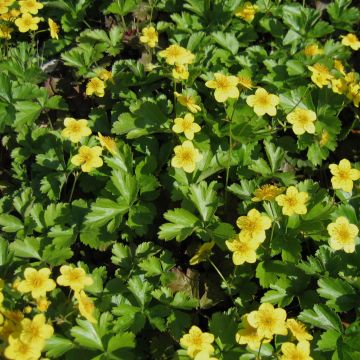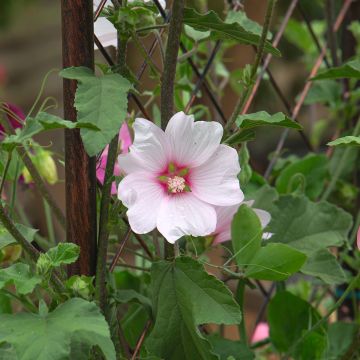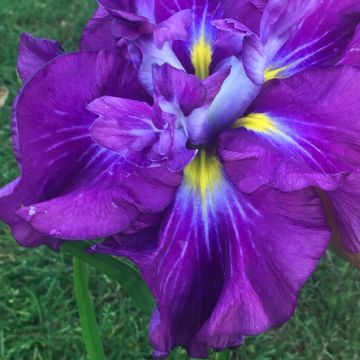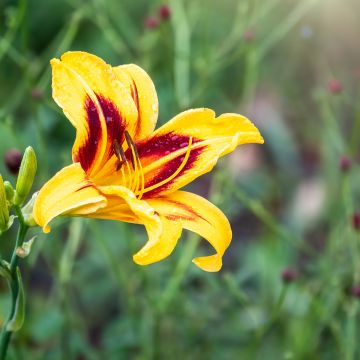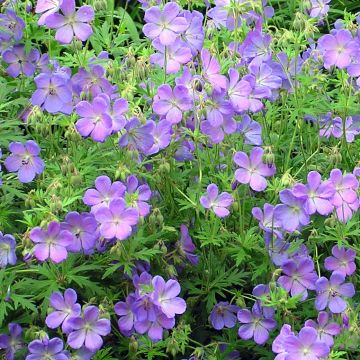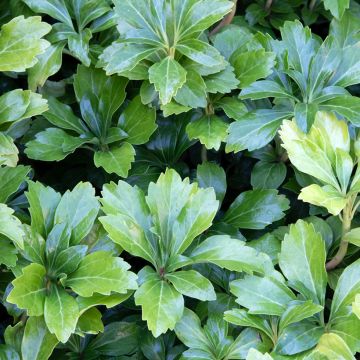

French Lavender Seeds - Lavandula stoechas
French Lavender Seeds - Lavandula stoechas
Lavandula stoechas
French Lavender, Cassidony, Spanish Lavender, Butterfly Lavender
No text to translate.
Rodolphe , 18/08/2024
Special offer!
Receive a €20 voucher for any order over €90 (excluding delivery costs, credit notes, and plastic-free options)!
1- Add your favorite plants to your cart.
2- Once you have reached €90, confirm your order (you can even choose the delivery date!).
3- As soon as your order is shipped, you will receive an email containing your voucher code, valid for 3 months (90 days).
Your voucher is unique and can only be used once, for any order with a minimum value of €20, excluding delivery costs.
Can be combined with other current offers, non-divisible and non-refundable.
Home or relay delivery (depending on size and destination)
Schedule delivery date,
and select date in basket
This plant carries a 6 months recovery warranty
More information
We guarantee the quality of our plants for a full growing cycle, and will replace at our expense any plant that fails to recover under normal climatic and planting conditions.
Does this plant fit my garden?
Set up your Plantfit profile →
Description
Lavandula stoechas or French lavender displays particularly large blooms, gathered on short purplish-pink spikes topped with long, butterfly-like bracts. This floriferous species forms a dense shrub with ornamental, aromatic felted grey-green foliage. It flowers in spring and thrives in neutral to acidic, light, sandy soils and full sun.
French lavender, in latin Lavandula stoechas, is a species native to the western Mediterranean basin. This evergreen, spring-flowering shrub belongs to the Lamiaceae family. Although it is aromatic, it is rarely used in perfumery because of its high camphor content. The quadrangular stems bear narrow, downy, grey-green leaves with curled margins and a pine-like scent. The plant rarely grows to more than 60 cm tall in full bloom. In the spring, a dense, short, thick, squarish flower spike appears at the end of each stem, bearing tiny violet-blue flowers topped with long petaloid bracts. The flowers are a magnet to nectar-foraging insects, especially bees. If the spent flower spikes are pruned regularly, the flowering period can last until autumn.
Unlike most other lavenders, Lavendula stoechas doesn't give good results in limestone soils. It requires full sun and perfectly drained soil, even dry and stony. In sunny, warm growing conditions, its foliage will be bright and its purple flowers will give off an intense scent. This ornamental Mediterranean plant par excellence is very versatile, suitable for flower beds, borders, rock gardens, pots and containers, or low-growing hedges. It combines well with Santolina, rock rose, or cypress trees.
Flowering
Foliage
Plant habit
Botanical data
Lavandula
stoechas
Lamiaceae
French Lavender, Cassidony, Spanish Lavender, Butterfly Lavender
Mediterranean
Planting and care
Sowing:
Lavender can be sown all year round, in trays, pots, etc. in well-drained sowing mix. Place the seedlings in a propagator or warm place to maintain an optimal temperature of 15-18°C. Cover the seeds with a fine layer of potting mix. Germination can be slow. It can help to place the seed trays or pots in a polyethylene bag, at a temperature of 15-18°C for 2 weeks; then move them to the refrigerator (not the freezer) for 3-6 weeks. They can then be returned to the recommended germination temperature. If germination has not taken place after 6 to 10 weeks, put the pots/seed trays back in the fridge for another 3-6 weeks. Regularly examine the seedlings and remove immediately any seeds that show signs of germination.
When the seedlings are large enough to be handled, transplant them into individual pots. Leave them to develop in a cold frame and plant them out the following spring, 30cm apart, in full sun.
Care:
In its natural environment, lavender always thrives in poor, stony, dry, perfectly drained soils. It suffers from watering (particularly with hard water) during the summer, which causes the plants to develop diseases and die. Lavender is very prone to cryptogamic diseases caused by the combination of heat and humidity. French lavender tolerates frosts down to -7/-10°C and is best grown against a South or West-facing wall in colder climates, or in a pot that can be overwintered indoors. In winter, it needs perfect soil drainage, and in summer its needs to be kept dry. Lavender will age better in poor soil, as its growth will be slower and it will be less prone to thinning at the base. This can be limited by pruning the plants from a young age, after flowering or in autumn, just above the first buds. Lavender and lavandin never sends new growth out of old woody stems. Pruning encourages branching, enabling the plants to remain compact and keep their neat shape. When planting, provide your lavender plants with gravel (as long as it’s not limestone based), pebbles, coarse sand and most importantly, avoid using compost and fertilizer.
Sowing period
Intended location
Planting & care advice
-
, onOrder confirmed
Reply from on Promesse de fleurs
Similar products
Haven't found what you were looking for?
Hardiness is the lowest winter temperature a plant can endure without suffering serious damage or even dying. However, hardiness is affected by location (a sheltered area, such as a patio), protection (winter cover) and soil type (hardiness is improved by well-drained soil).

Photo Sharing Terms & Conditions
In order to encourage gardeners to interact and share their experiences, Promesse de fleurs offers various media enabling content to be uploaded onto its Site - in particular via the ‘Photo sharing’ module.
The User agrees to refrain from:
- Posting any content that is illegal, prejudicial, insulting, racist, inciteful to hatred, revisionist, contrary to public decency, that infringes on privacy or on the privacy rights of third parties, in particular the publicity rights of persons and goods, intellectual property rights, or the right to privacy.
- Submitting content on behalf of a third party;
- Impersonate the identity of a third party and/or publish any personal information about a third party;
In general, the User undertakes to refrain from any unethical behaviour.
All Content (in particular text, comments, files, images, photos, videos, creative works, etc.), which may be subject to property or intellectual property rights, image or other private rights, shall remain the property of the User, subject to the limited rights granted by the terms of the licence granted by Promesse de fleurs as stated below. Users are at liberty to publish or not to publish such Content on the Site, notably via the ‘Photo Sharing’ facility, and accept that this Content shall be made public and freely accessible, notably on the Internet.
Users further acknowledge, undertake to have ,and guarantee that they hold all necessary rights and permissions to publish such material on the Site, in particular with regard to the legislation in force pertaining to any privacy, property, intellectual property, image, or contractual rights, or rights of any other nature. By publishing such Content on the Site, Users acknowledge accepting full liability as publishers of the Content within the meaning of the law, and grant Promesse de fleurs, free of charge, an inclusive, worldwide licence for the said Content for the entire duration of its publication, including all reproduction, representation, up/downloading, displaying, performing, transmission, and storage rights.
Users also grant permission for their name to be linked to the Content and accept that this link may not always be made available.
By engaging in posting material, Users consent to their Content becoming automatically accessible on the Internet, in particular on other sites and/or blogs and/or web pages of the Promesse de fleurs site, including in particular social pages and the Promesse de fleurs catalogue.
Users may secure the removal of entrusted content free of charge by issuing a simple request via our contact form.
The flowering period indicated on our website applies to countries and regions located in USDA zone 8 (France, the United Kingdom, Ireland, the Netherlands, etc.)
It will vary according to where you live:
- In zones 9 to 10 (Italy, Spain, Greece, etc.), flowering will occur about 2 to 4 weeks earlier.
- In zones 6 to 7 (Germany, Poland, Slovenia, and lower mountainous regions), flowering will be delayed by 2 to 3 weeks.
- In zone 5 (Central Europe, Scandinavia), blooming will be delayed by 3 to 5 weeks.
In temperate climates, pruning of spring-flowering shrubs (forsythia, spireas, etc.) should be done just after flowering.
Pruning of summer-flowering shrubs (Indian Lilac, Perovskia, etc.) can be done in winter or spring.
In cold regions as well as with frost-sensitive plants, avoid pruning too early when severe frosts may still occur.
The planting period indicated on our website applies to countries and regions located in USDA zone 8 (France, United Kingdom, Ireland, Netherlands).
It will vary according to where you live:
- In Mediterranean zones (Marseille, Madrid, Milan, etc.), autumn and winter are the best planting periods.
- In continental zones (Strasbourg, Munich, Vienna, etc.), delay planting by 2 to 3 weeks in spring and bring it forward by 2 to 4 weeks in autumn.
- In mountainous regions (the Alps, Pyrenees, Carpathians, etc.), it is best to plant in late spring (May-June) or late summer (August-September).
The harvesting period indicated on our website applies to countries and regions in USDA zone 8 (France, England, Ireland, the Netherlands).
In colder areas (Scandinavia, Poland, Austria...) fruit and vegetable harvests are likely to be delayed by 3-4 weeks.
In warmer areas (Italy, Spain, Greece, etc.), harvesting will probably take place earlier, depending on weather conditions.
The sowing periods indicated on our website apply to countries and regions within USDA Zone 8 (France, UK, Ireland, Netherlands).
In colder areas (Scandinavia, Poland, Austria...), delay any outdoor sowing by 3-4 weeks, or sow under glass.
In warmer climes (Italy, Spain, Greece, etc.), bring outdoor sowing forward by a few weeks.



































